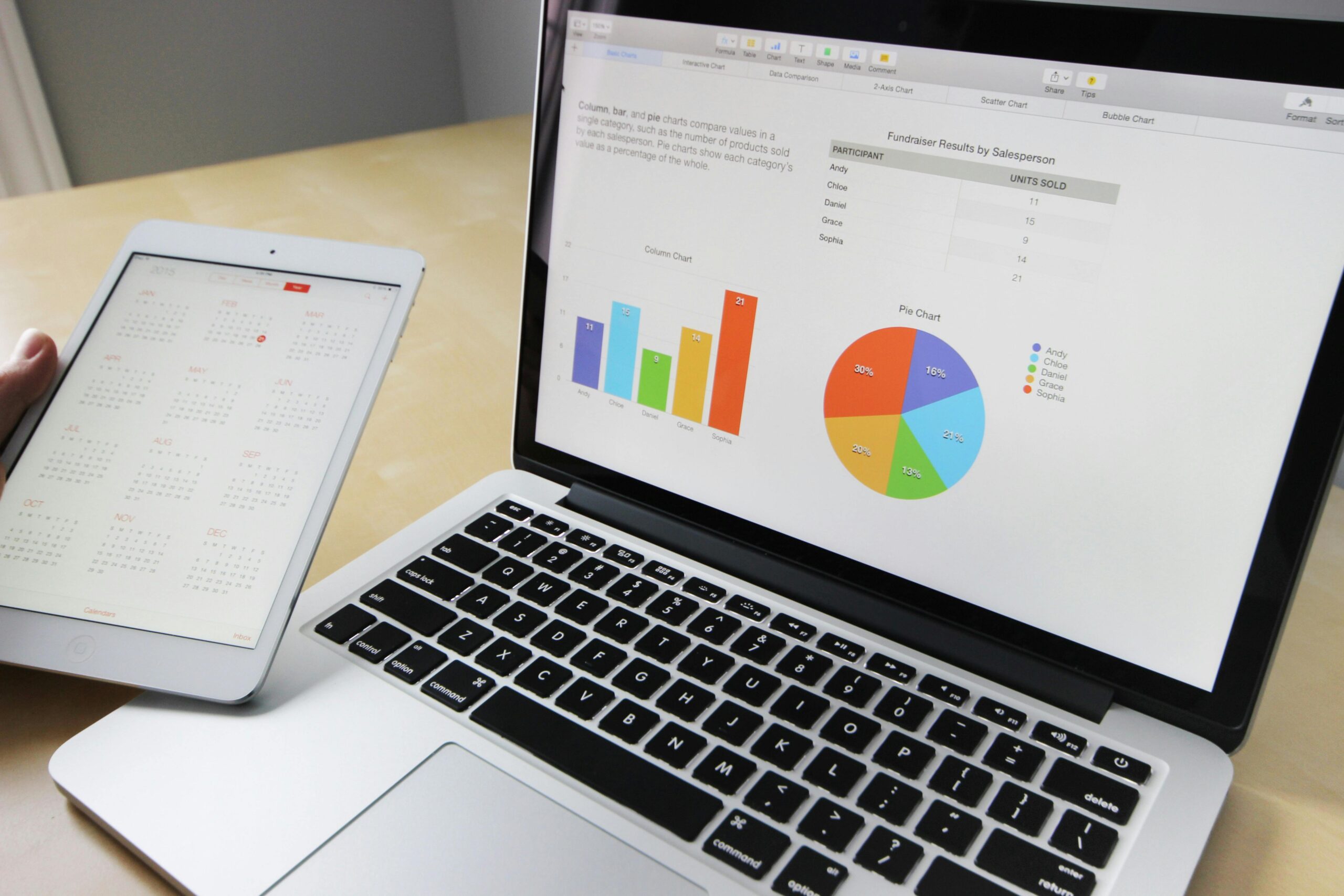Navigating the world of personal finance is difficult enough without the added pressure of the present economic landscape – but that landscape is also reason enough for you to start taking your own financial journey seriously.
It is undeniable that the cost-of-living crisis has negatively impacted millions in the country, and undoubtedly plunged many into unexpected debts to boot. Planning for the long-term means sorting out the present, in turn requiring you to reckon with the arcane process of fixing your credit score. If you have a poor credit history, where should you start?
Address Debts First
A bad credit report is most commonly associated with unpaid or late-paid debts, where failure to keep on top of financial commitments and contracts indicates higher levels of risk, hence breeding distrust in banks and other financial institutions. Interestingly enough, someone with no credit history whatsoever can also be deemed too much of a risk by credit reference agencies, on account of being an unknown quantity with regard to keeping to financial agreements.
For those to whom it applies, payment of extant debts should be the first priority for improving credit scores and increasing financial opportunities. For those with no credit history, creating and then paying debt can be a great way to create a positive one. With conventional forms of financial product ruled out, this is where bad credit loans shine. These can be taken out regardless your credit score, and used to consolidate disparate debts – enabling you to better control your ascent out of financial difficulty.
Create a Financial Map
Of course, ‘pay your debt’ is not an answer in and of itself. You will also need an equitable plan to meet the challenge of finding the money necessary to do so. The first step in this adventure is to create a readable map of your own finances. This map should include everything, from your monthly income to the cost of each utility and far beyond. Include the extent of your debts, and, if possible, track your expenditure on the likes of food and leisure for a few months.
All this information together will give you some simple figures, which describe your situation and exactly what you need to do to address it. Your income, minus your non-negotiable expenses, gives you the amount of ‘expendable’ income available to you. This is the absolute maximum you have at base level each month to save – but you still need to consider food, leisure, subscriptions and other emergency costs.
Stick to a Budget
From here, you can create a realistic budget to describe the next few years of your life. After accommodating essential food costs and subscriptions you are unwilling to part with, you should have a ballpark figure you can put away each month – either to debt or to your savings. You should create a direct debit to send this amount wherever it needs to go, ensuring you do not accidentally spend it elsewhere and scupper your budget plan.
